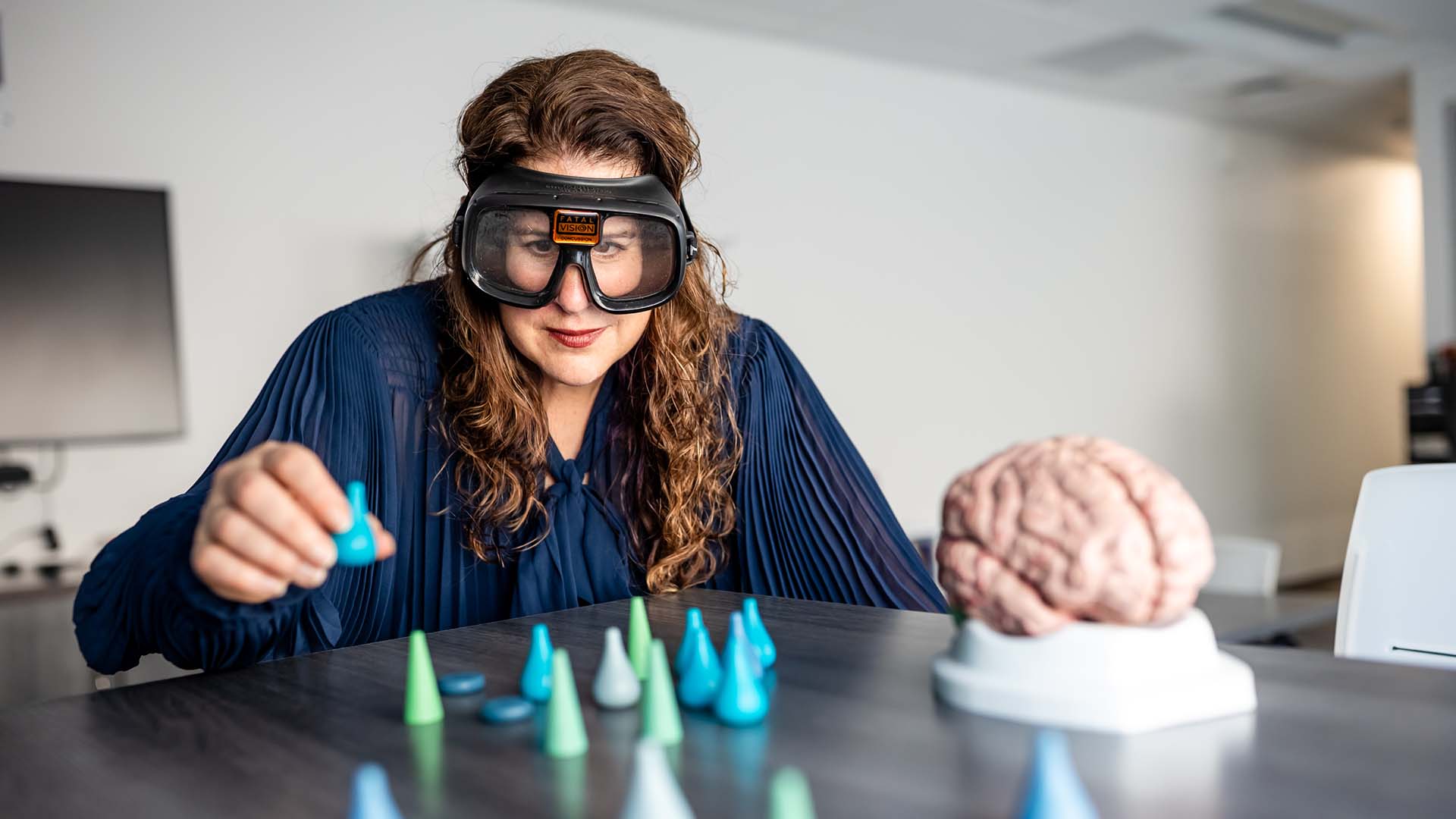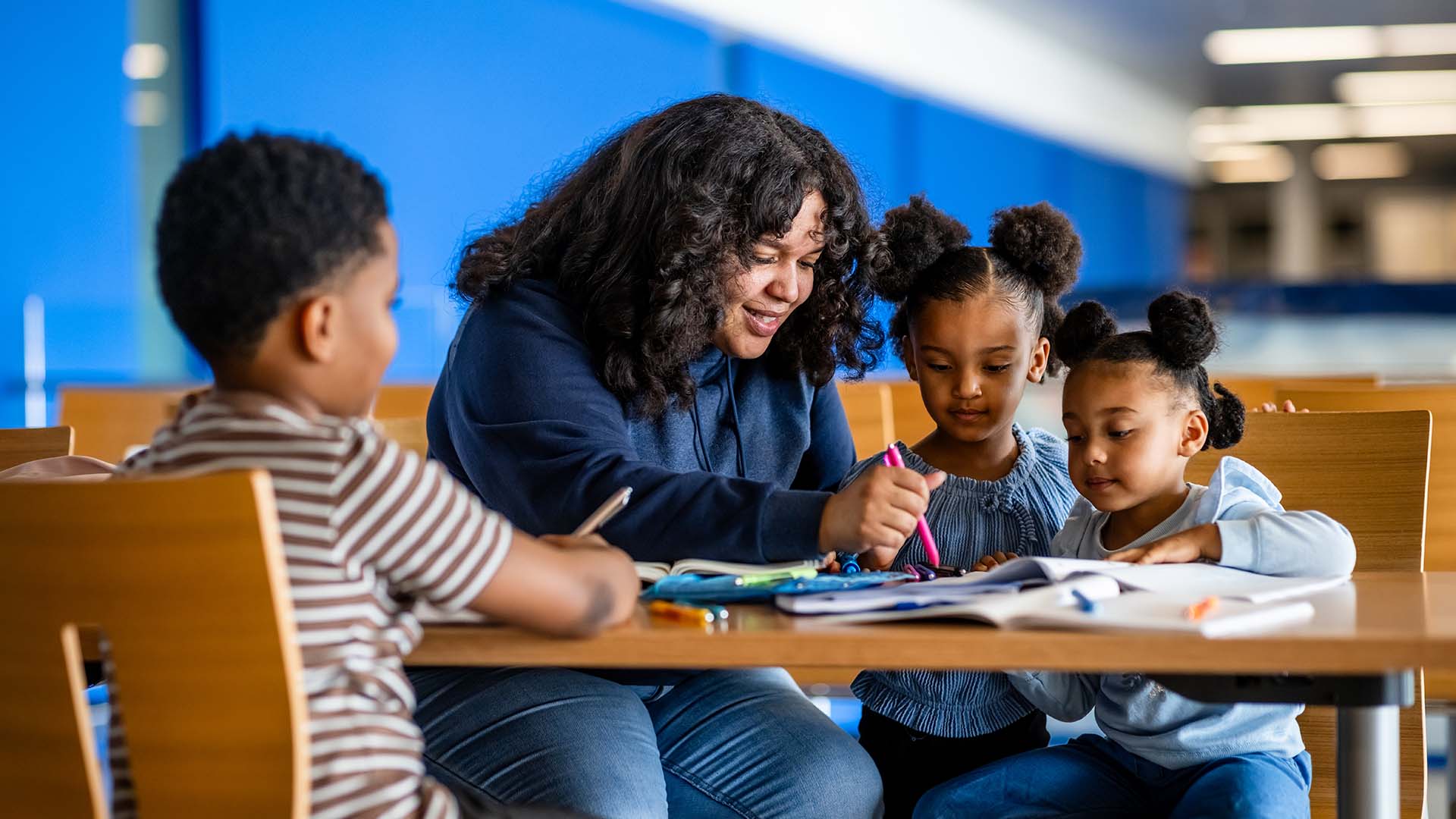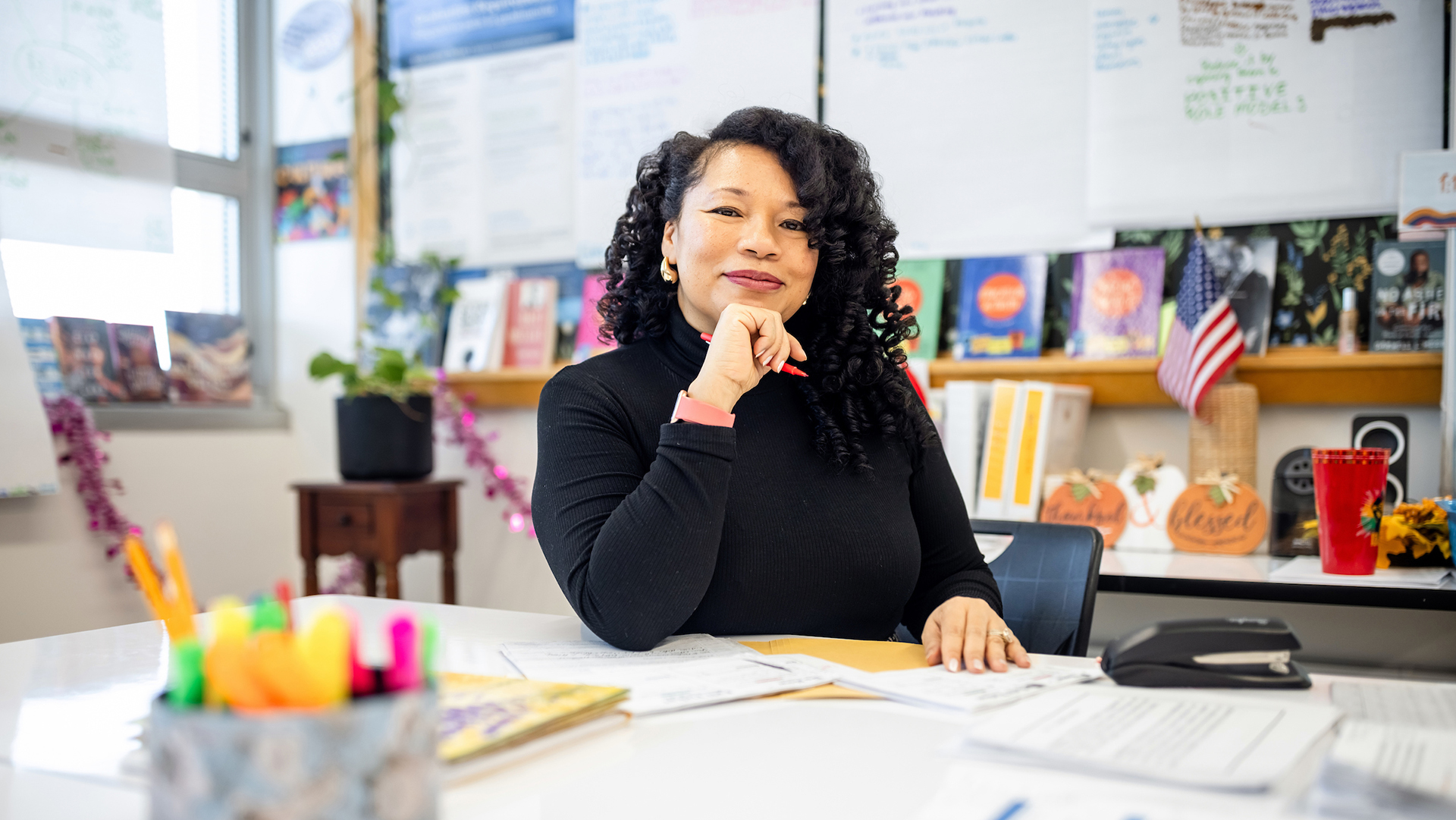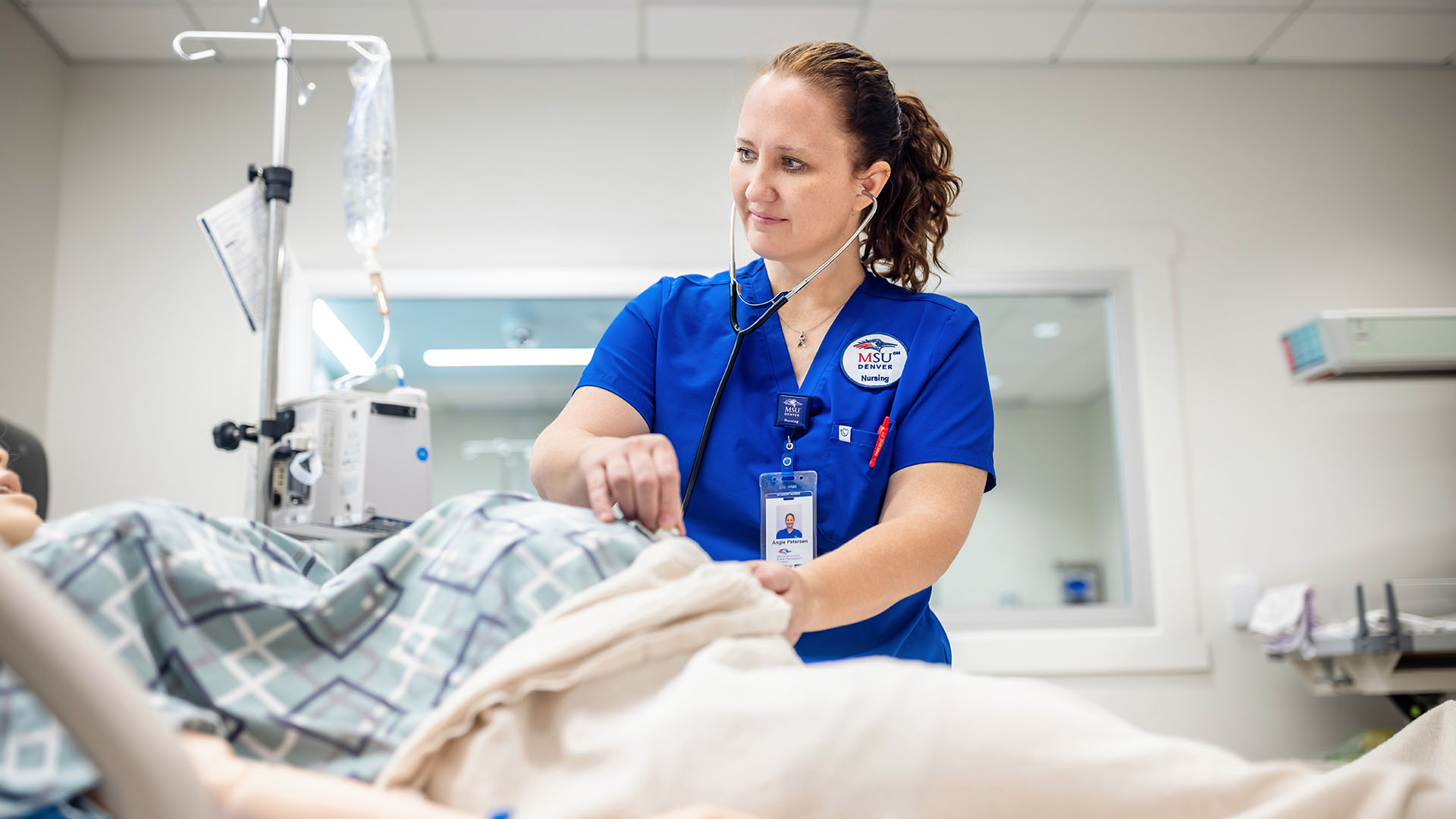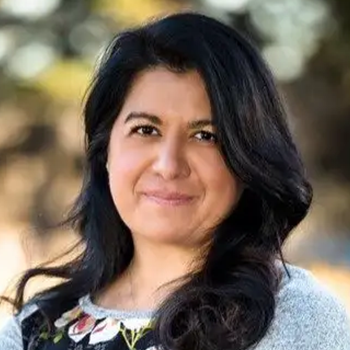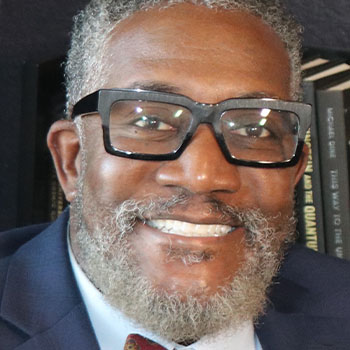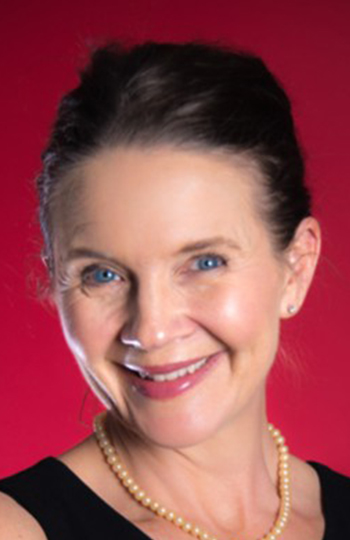The death of textbooks?
Technology is disrupting the textbook industry, and the implications are massive – to the tune of more than $600 million in savings for students.
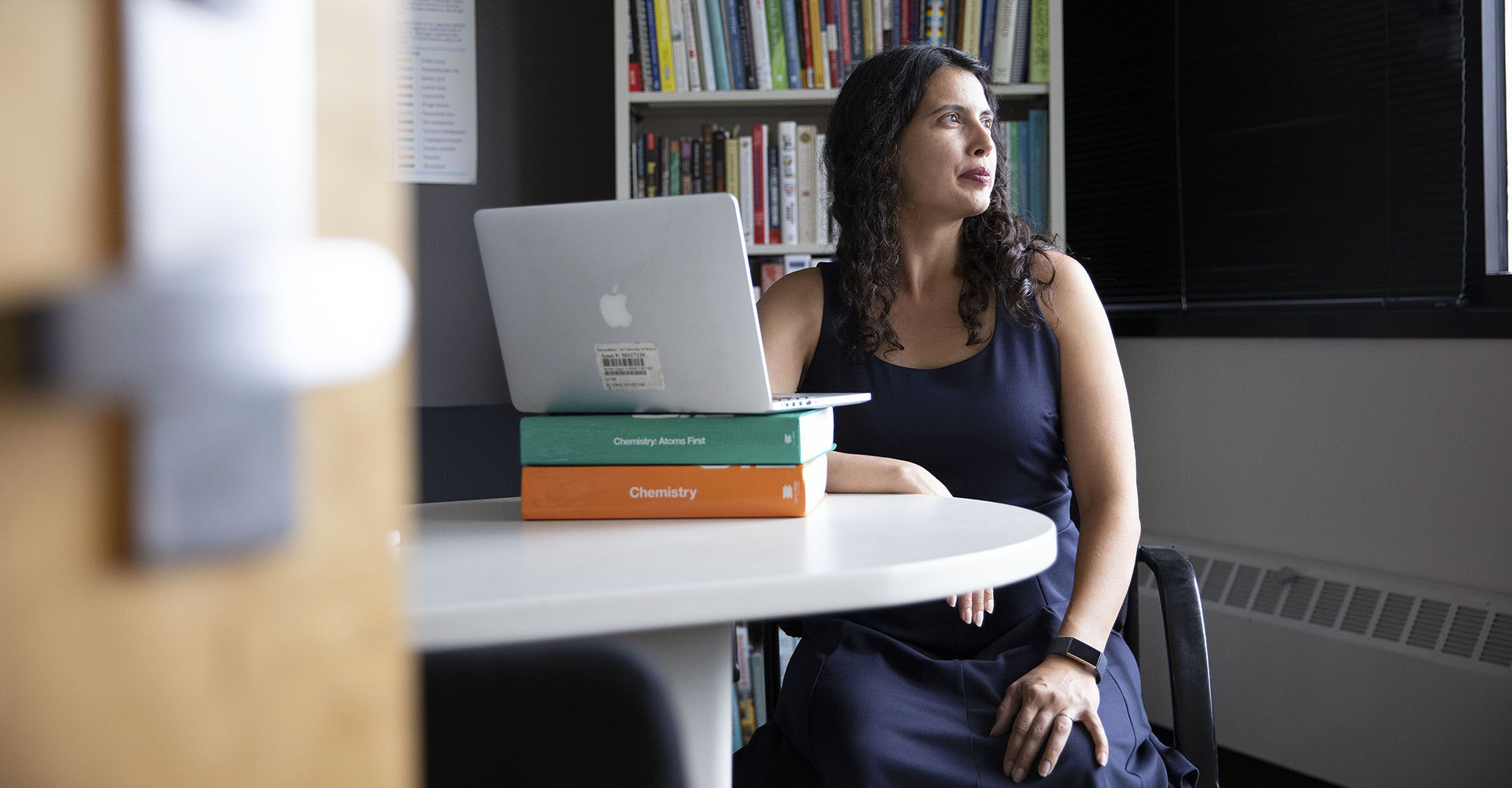
The textbook is dead.
So says John Fallon, CEO at publishing giant Pearson. The company recently announced it will be a digital-first publisher, reflecting a shift to nearly two-thirds of revenue coming from electronic channels as opposed to physical-only copies.
But technology isn’t the sole factor behind the textbook’s demise. A key part of the shift to digital has been the steady rise of open educational resources, or OERs. It’s an umbrella term that covers educational materials, including media and textbooks, that are licensed for free use and reuse.
“We’re seeing the textbook companies becoming software systems,” said Emily Ragan, Ph.D., professor of chemistry and biochemistry at Metropolitan State University of Denver and an OER advocate. “Our challenge as faculty is figuring out effective strategies that don’t require students to spend hundreds of dollars without compromising on learning quality.”
OERs have an advocate in Gov. Jared Polis, who has made them a key component of the Colorado Department of Higher Education’s Colorado Rises master plan.
“We’re expecting close to $2 million in savings to students from open educational resources in the first year, $3.6 million the second year and even more in the third year,” Polis said at a July press conference announcing a report on the costs of higher education. “Equally important, OERs can help students graduate on time and succeed academically while saving money as well.”
Ragan serves on and previously chaired the state’s OER Council, which has led to more than $3 million in funding to support statewide adoption over three years. MSU Denver also recently received a $60,000 grant and became one of 11 2019-20 institutional partners with OpenStax, a nonprofit educational initiative that publishes high-quality textbooks.
“We’ve really just started to scratch the surface of what’s possible at scale,” she said. “What’s really exciting is how much momentum this is gathering everywhere.”
Staggering savings
Simply put, the potential windfall for students is massive.
OpenStax reportedly saves on average $79 per student per course. Spread across all sections of General Chemistry 1 – about 500 students at MSU Denver – that equates to more than $40,000 per year. Expanded to include General Chemistry 2, the figure climbs to an estimated yearly amount of $65,000.
That’s just part of a single course sequence in one department. Aggregated, it’s easy to see how OpenStax has estimated its total savings from 2012 through the 2018 academic year at $616 million.
“OER adoption at scale could have a significant impact on access to and through higher education, where every dollar counts,” said Alex McDaniel, associate director of instructional design at MSU Denver. “It’s our obligation to get students the resources they need to succeed,” he added. “Any time we can shave cost without sacrificing quality, that’s what we need to do.”
It’s not that OERs are a panacea for challenges to higher education’s still-net-positive value proposition. But they’re a good start.
“People might say, ‘OER doesn’t exist for my subject,’ or, ‘I don’t like the quality of what I see,’” Ragan said. “But with the rapidity of growth, there’s more and better materials coming out all the time; if you don’t have directly applicable resources, just wait a couple years– or think about how you might create a resource to fill the gap.”
Open resources aren’t a perfect fit for every course, McDaniel said. Their adoption often requires evaluating the balance between a pricier turnkey solution and the process of implementation. One of MSU Denver’s strategies to increase OER adoption includes default integration when developing hybrid and online courses, he noted. The concept is being piloted for the fall semester with public speaking, a course that fulfills a key graduation requirement for all students.
With the University’s grant support comes the ability to compensate for new course design and retrofitting of existing ones. McDaniel sees the potential savings as exponential.
“Seven hundred fifty dollars for a little bit of time for our faculty members can save tens of thousands for our students,” he said. “You can’t find a better return on investment than that.”
Realizing student success
The savings OERs can provide also have the potential to have a big impact on the road to graduation.
Take Aaron Dye, an MSU Denver biology major who enrolled in Ragan’s online General Chemistry 1 course last spring. He specifically selected the online option to accommodate his busy schedule and to save money, he said. His transition into the second section of the course last summer was “seamless,” in part because of the availability of the digital materials.
“A lot of times, a textbook you don’t even end up using will cost you a lot of money, and you end up losing out even more when you sell it back for pennies on the dollar,” Dye said. “I’m frugal – I’ve got rent and bills to pay, so that doesn’t work for me. If I can get by without having to sacrifice on the content, I’m going to do that.”
Dye participates in the Health Career Opportunity Program, housed within the University’s Health Institute, designed to combat health inequity and address statewide workforce needs. He’s also planning his route into medical school – a pricey endeavor, to be sure – so every resource MSU Denver offers adds up to a value proposition for study that he described as “life-changing.”
“The entire experience of coming to MSU Denver has been amazing,” he said. “There are so many resources here – from Dr. Ragan, who goes above and beyond, to the support and mentoring offered in HCOP, it’s apparent everyone here wants to help you succeed.
“When I think about that, it really brings a tear to my eye.”

Disrupting teaching – for the better
Transforming lives through education is a primary goal for OER advocates such as Ragan, who will talk about integrating OERs as part of her upcoming TEDx MSU Denver session on active learning practices. She sees the resources as an opportunity for faculty members to infuse their own interests and applicability to improve their pedagogical practice.
“As instructors, let’s have more fun and be creative,” she said. “We can really enhance the quality of our teaching by taking what we’re already doing and adapting the resources to fit our classrooms.
“Let’s get messy. Let’s get to that place of creation – it helps us become more effective teachers.”
Research reinforces Ragan’s perspective: A 2018 study of OER impact on student success published in the International Journal of Teaching and Learning saw grades improve by an average of 8.6% at institutions that adopted the resources. Pell Grant-eligible students saw even greater gains, with 12.3% reporting positive academic outcomes.
The opportunity for instructors to adapt materials under Creative Commons licenses excites McDaniel. For example, a faculty member teaching a project-management course could download a foundational text, modify it to include a database-software component, then share with others, he said.
“Think of these resources like Legos,” he said. “They can be put together to become building blocks – and all of a sudden, you have a new resource.”
Crowd-sourced curation is easily and perhaps rightfully criticized in academia. However, the increasingly widespread adoption of such materials is approaching a critical mass that ensures a continually reviewed library of source components capable of becoming catalytic in the hands of experts.
“A learner can Google their way to anything, but there’s no way to gauge what’s relevant in a specific classroom,” McDaniel said. “That’s where faculty can come in to vet and curate information, putting these trusted platforms together for meaningful teaching.”
If the disruption caused by the digitization and free distribution of previously copyrighted material sounds familiar, it might be because the fate of textbook publishing appears to parallel that of the music industry. Two decades ago, the production and distribution of music was forever altered with the advent of a little platform named Napster. The channels through which our favorite tunes are sold and distributed today hardly resemble those of the late 1990s.
And much like it did in the music industry, the internet has completely changed the textbook game, Ragan said.
“Access to content is not what we’re selling; now it’s about curating that content and scaffolding it to student learning as field experts,” she said. “If we can do that in the classroom, with as little cost as possible to our students, we’re creating something really powerful, exciting – and new.”

